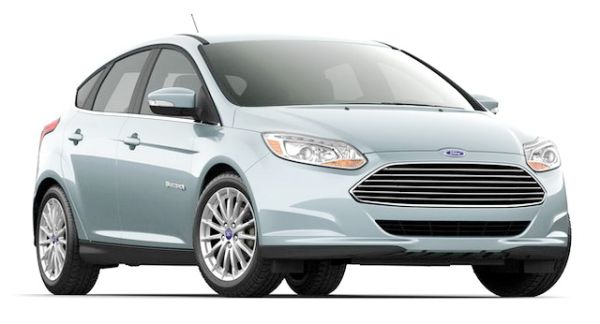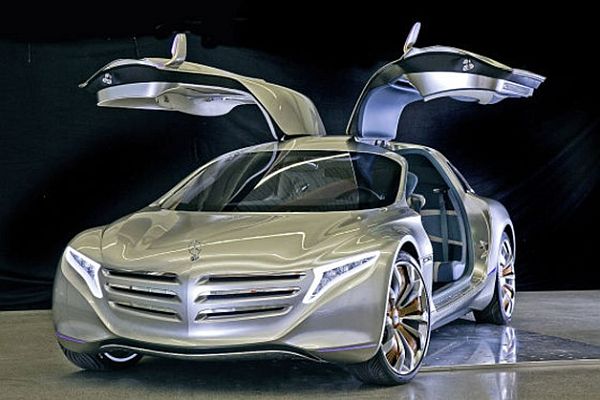Scientists and engineers are increasingly looking toward biofuel as a source of energy. Besides clearing up waste, it helps enhance fuel efficiency and reduces carbon emissions. Along the lines of Qantas Airways’ initiative where biofuel was used to power an engine of a commercial aircraft, a Boeing 787 Dreamliner has also made history by using this sustainable fuel source to partly power its flight. The initiative was undertaken by Boeing and All Nippon Airways. The environmentally progressive airliner was also the first craft to make a transatlantic flight using biofuel as it traveled from Washington where Boeing has its Delivery Center, to Tokyo Haneda Airport.

The aviation industry is hoping to become carbon neutral by 2020. How far that can be achieved remains to be seen, but initiatives like the ones taken by Qantas and Boeing show that the future is indeed near when commercial aircraft would rely solely on biofuel.
Such an undertaking will also help cut costs of airfare as conventional jet fuel is now at a sky high price. In the US, crude oil now sells for $125 a barrel, a massive jump from $65 per barrel a while ago. It’s likely that the price may increase in the near future with no hope of it really going down as fuel reserves deplete. As such, not only do airlines benefit from using biofuel, but it helps conserve natural fuel sources and enables cheaper travel for the masses.
The 787 Dreamliner that made its epic journey using cooking oil to partially fuel its engines. It also emitted around 30 percent less CO2 compared to conventionally run aircrafts of its size. Of the 30 percent decrease in CO2 output, it’s estimated that the use of biofuel contributed to 10 percent with the remaining 20 percent attributed to technological advancements offered by the 787.
Via: Boeing




